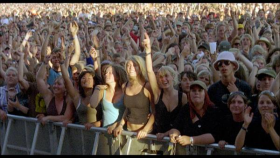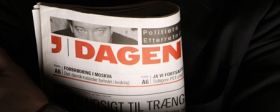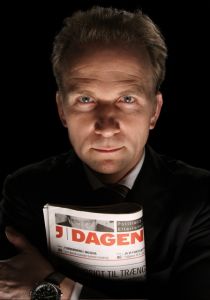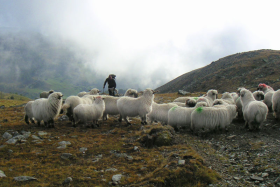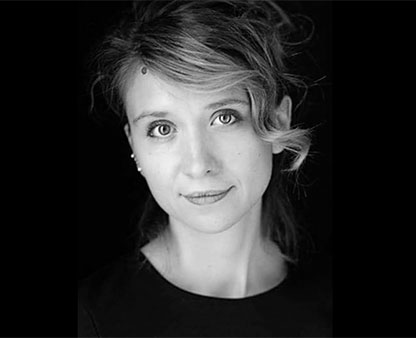

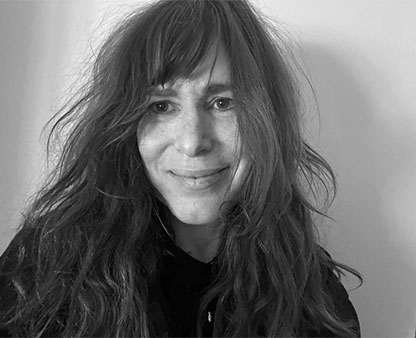
Duras i Trouville

Det var ikke en god film i aftes på DR1, men hvor vigtigt at se den. Dette mærkelige møde i 1980. Marguerite Duras og Yann Andréa, den berømte forfatterinde og den ukendte brevskriver. Filmens problem er på forhånd, at vi kender den historie så godt fra Duras bog. Og billederne så godt fra Helene Bambergers fotografier. Begivenheden er så omhyggeligt dokumenteret. Yann Andréas bog findes også (den har jeg ikke læst), men den skulle være forlæg fra filmen. Men store dele af dialogen er nu hentet fra Duras bog. Det hele har en tendens til at blande sig sammen, Marcel Proust og bedstemoderen var der også engang, men de boede ud til havet fortæller Duras i filmen. Det hele er baseret på en sand historie, som næsten alle filmene, vi skriver om her.
Fotografiet af Duras og Andréa her er således ikke fra filmen, det er fra Bambergers serie. Men det kunne godt være fra filmen, for Jeanne Moreau var Marguerite Duras. Det har hun været siden filmen bygget på Elskeren, med stemmen og teksten, som dengang var en voice-over, nu i aftes kropsliggjort så indlevet, at det på en måde er Moreau, som sidder der i bilen hos Andréa. Myten om sommeren ved havet dokumenteret i en spillefilm.
For det er Jeanne Moreaus medvirken, som gør filmen lidt interessant. Som er tro mod autenticiteten i Duras bog. Jeg mærker i hendes dialog den intensitet, som teksten rummer, men filmen aldeles savner i øvrigt. Bogen koncentrerer sig om skriften og det, den skriver frem, og om forelskelsen i rummet omkring dette arbejde. Filmen gør meget ud af alkoholismen uden det integreres i forståelsen af forelskelsen og skriften. (Men vi ved det jo fra Duras selv..) Så ærligt, filmen mishandler en smukt dokumenteret myte. Den er ikke den filmperle, som DR2 hævdede.
Josée Dayan: Cet Amour – là, Frankrig, USA, 2003. Med Jeanne Moreau (Duras) og Aymeric Demarigny (Andréa). Set på DR2 i aftes.
Litt.: Yan Andréa: Cet Amour – là, 1999, ikke oversat. Marguerite Duras: Yann Andréa Steiner, 1992, da.:1993. Helene Bamberger: Marguerite Duras de Trouville, 2004, en samling fotografier: http://www.leseditionsdeminuit.eu/f/index.php?sp=liv&livre_id=1481



